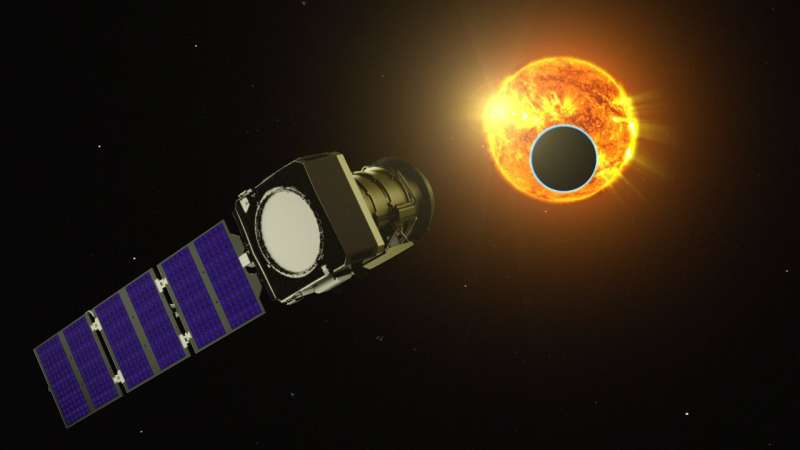NASA’s Pandora mission, poised to launch in autumn 2025, marks a significant leap forward in the search for extraterrestrial life. The mission recently achieved a major milestone with the completion of its spacecraft bus, the central hub that houses the instruments, manages navigation, and facilitates communication with Earth. This accomplishment puts the project on track for its scheduled launch and signifies the culmination of extensive efforts by the team at NASA’s Goddard Space Flight Center and collaborating institutions. The small satellite, aptly named Pandora, will embark on a year-long mission to observe at least 20 exoplanets, meticulously scrutinizing their atmospheres for signs of habitability.
Pandora’s primary objective is to characterize the atmospheres of exoplanets and their host stars, building upon discoveries made by previous missions. The satellite will leverage the transit method, a technique that detects planets as they pass in front of their stars, causing subtle dips in starlight. These transits not only reveal the presence of planets but also offer valuable insights into the composition of their atmospheres. By observing each target exoplanet approximately ten times, Pandora will accumulate a wealth of data to deepen our understanding of these distant worlds. This detailed analysis will help scientists determine whether these exoplanets possess the necessary conditions to support life.
While not as powerful as the James Webb Space Telescope, Pandora offers a unique advantage: the ability to observe target stars for extended periods. This prolonged observation allows for a more in-depth study of the host stars, enabling scientists to disentangle the signals from the stars and their orbiting planets. This crucial capability will complement Webb’s observations and address a specific challenge that limits Webb’s ability to study habitable planets: the interference of starlight with the signal of light passing through an exoplanet’s atmosphere. This effect, identified by Benjamin Rackham, a former doctoral student of Pandora co-investigator Daniel Apai, prompted the development of Pandora as a solution to mitigate this interference.
Pandora’s design incorporates a Webb-based detector coupled with a unique 45-centimeter aluminum telescope. This combination allows for precise measurements of starlight and planetary atmospheric signals, effectively separating the two. The mission operations team at the University of Arizona Space Institute has been diligently preparing for the launch, conducting rigorous tests and simulations to ensure the smooth operation of the spacecraft. Recent communication tests with the antenna system have demonstrated the successful transmission of commands to Pandora and the reception of telemetry data, further bolstering confidence in the mission’s preparedness.
The anticipation surrounding Pandora’s launch is heightened by the recent discovery of HD 189733 b, a “nightmare world” located just 64.5 light-years from Earth. This exoplanet, slightly larger than Jupiter, presents a stark contrast to the potentially habitable worlds Pandora will study. While appearing bright blue from afar, HD 189733 b harbors extreme conditions, including scorching temperatures and winds reaching seven times the speed of sound. This discovery serves as a stark reminder of the diversity of exoplanets and underscores the importance of missions like Pandora in identifying potentially life-sustaining environments.
Pandora’s mission represents a significant step forward in exoplanet research, leveraging innovative technology and meticulous planning to uncover the secrets of distant worlds. The collaboration between NASA centers and various research institutions exemplifies the collaborative spirit driving this groundbreaking endeavor. As Pandora prepares for its 2025 launch, the scientific community eagerly awaits the wealth of data it will provide, potentially unveiling the existence of life beyond Earth. The mission is poised to revolutionize our understanding of exoplanetary systems and contribute significantly to the ongoing search for habitable worlds.


